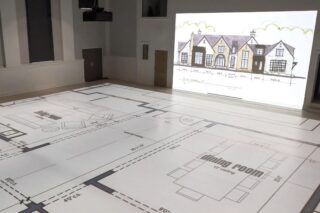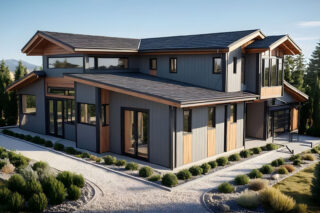A clammy 750-meter Japanese tunnel has been transformed into a permanent art installation. Kiyotsu Gorge Tunnel, which lies in the heart of Japan’s snow country, now features five spaces that play on the elements: wood, earth, metal, fire and water.
Highlights include a hot spring spa, multiple mirrors and a rippling pool. The renovation done under the umbrella of a triennial by the Beijing practice MAD Architects is meant to restore the cultural energy that once empowered the region and encourage reflection. MAD founder and chief architect, Ma Yansong stated in the official video:
“Most of the time, nature is like a mirror. It can help you see through your mind and find out something about yourself that you’d never noticed before in reality.”
The tunnel sucks viewers in. It makes them feel as if they are falling into another space, added Ma.
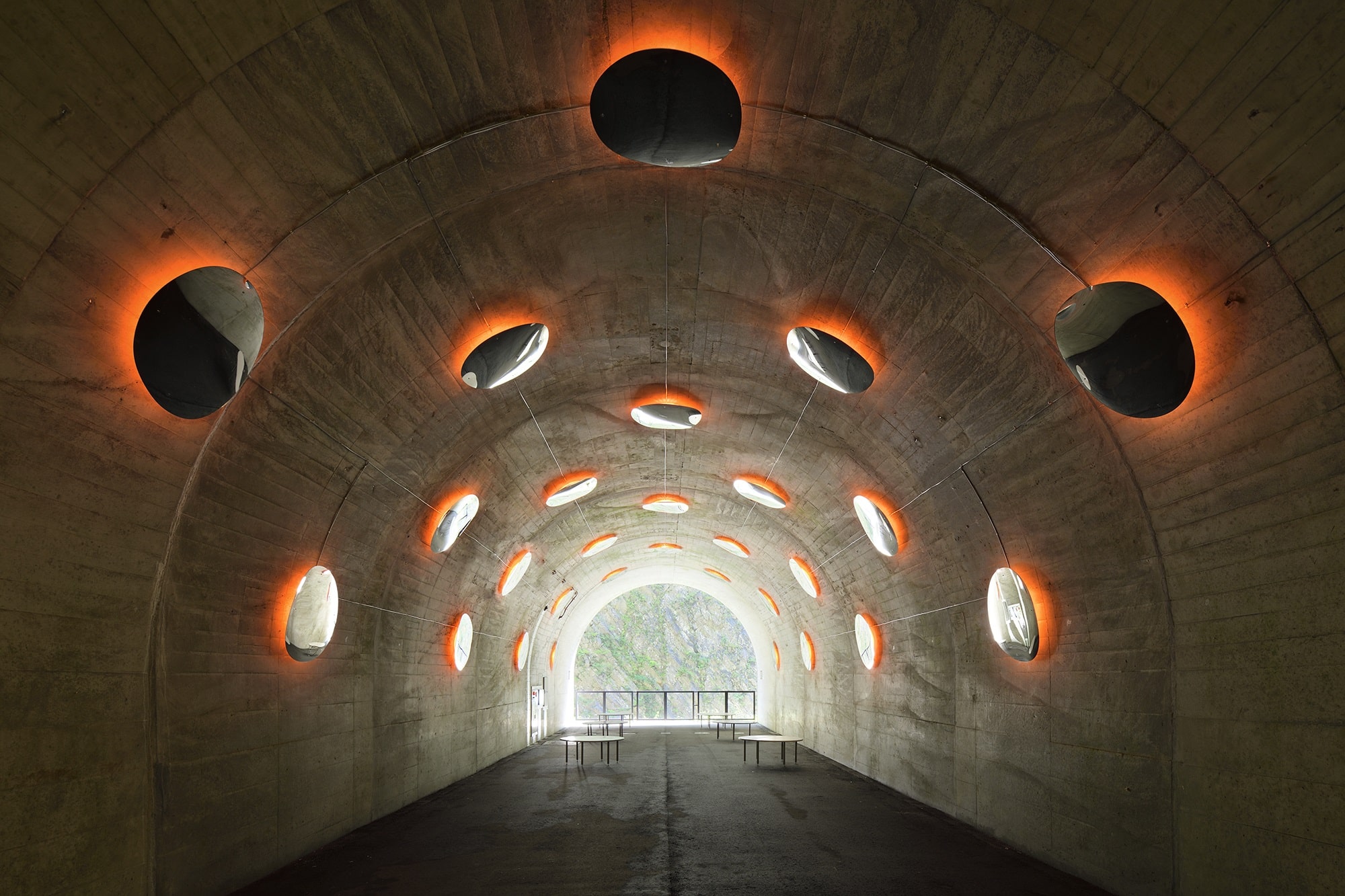
Kiyotsu Gorge Tunnel by MAD Architects. Courtesy of Nacasa & Partners Inc.
University of Technology, Sydney architecture lecturer William Feuerman says MAD Architects has created immersive subterranean environments that tie the outside to the inside and infuse a declining rural community with culture. Feuerman spoke to ArchiExpo e-Magazine:
“MAD Architect’s interventions transform the everyday into wonderment. The abandoned space becomes extravagant,” he said, adding that the atmospheric installations bring a new spatial awareness of the surroundings. “One of Japan’s most unique and fantastical landscapes, surrounded by lava rock formations, is framed as a work of art.”
Architecture blogger and photographer Ricky Gui told ArchiExpo e-Magazine that, despite the intervention’s down-to-earth structural basis, the design has a powerful aesthetic dimension. Visitors experience a relaxing, secluded stroll amid Mother Nature, Gui said.
For Gui, the design is a way of dissolving the borderline between the two countries: China and Japan.
“Despite the difference in culture and political position, we all need to understand and respect each other—I guess that’s how the restoration turns out.”

Kiyotsu Gorge Tunnel by MAD Architects. Courtesy of Nacasa & Partners Inc.
It brings people back together, Gui said, adding that he feels inspired to document it from his perspective.
Ma’s take is pro-nature. He opposes the way Chinese cities have long been dominated by modernism. According to him, everything looks increasingly similar—devoid of soul. Function has trumped emotion and nature, he said.
The nature-lover was raised in old Beijing. Then, the capital was based around man-made lakes and gardens where aesthetics and functionality entwined, conveying the feeling of being immersed in lush landscape.
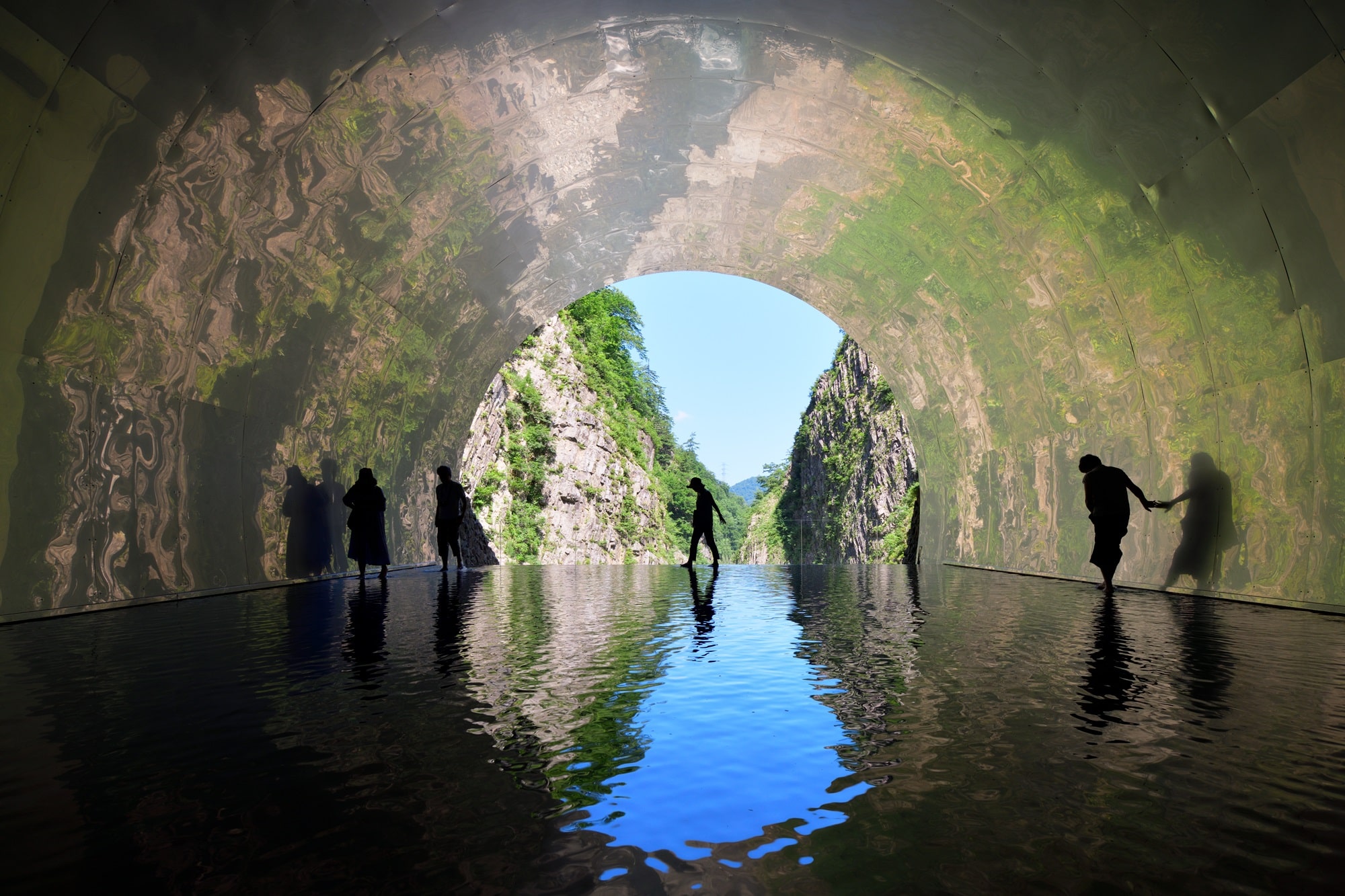
Kiyotsu Gorge Tunnel by MAD Architects. Courtesy of Nacasa & Partners Inc.
His touchstone is Shan Shui: a traditional brush-and-ink landscape painting style defined by rivers, mountains, and waterfalls. For him, the style means establishing an emotional bond with nature, blurring the borders of geometric design and the outdoors. His Japanese tunnel of light appears to achieve that aim in discreetly sensuous style.
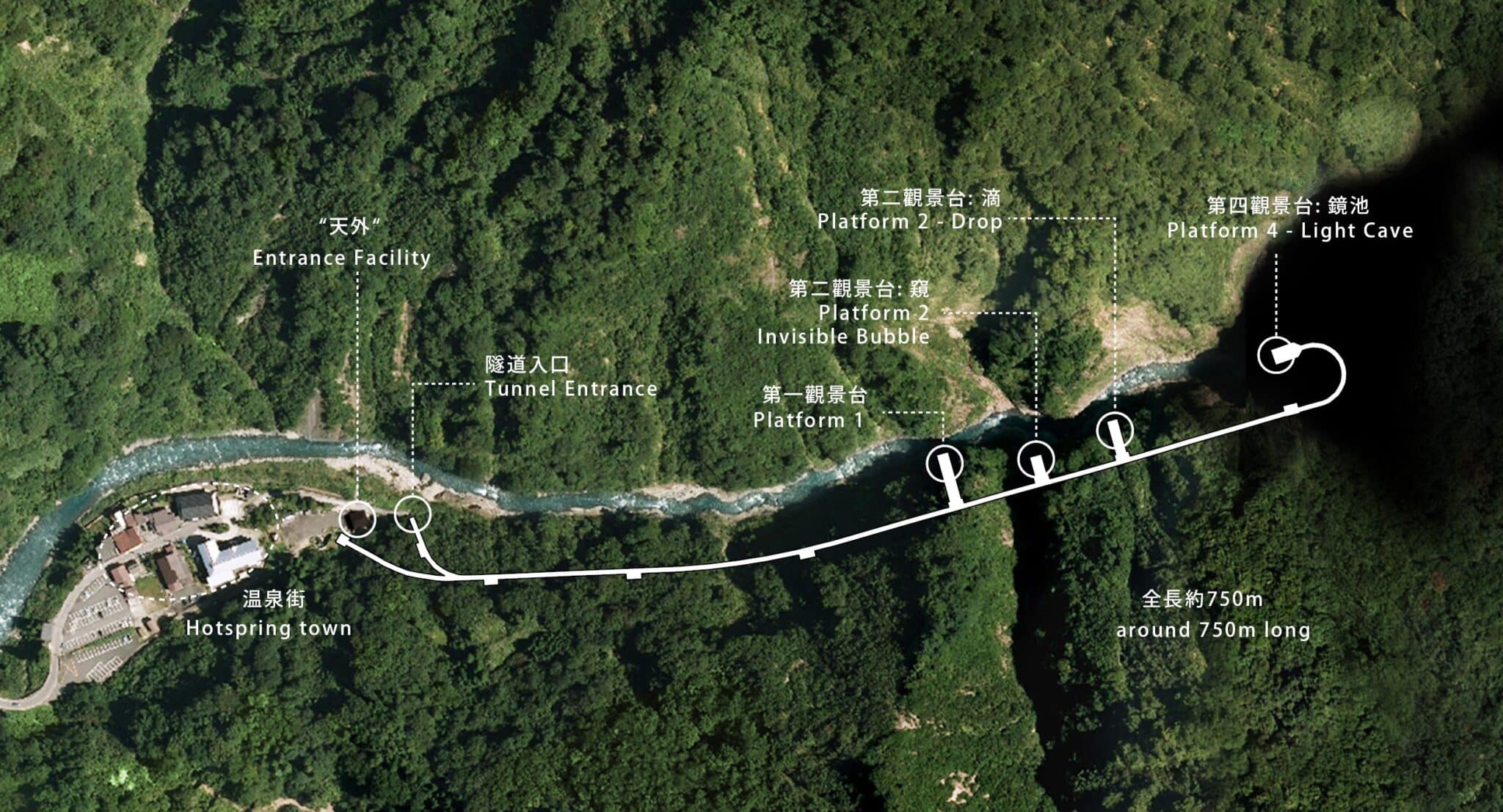
Kiyotsu Gorge Tunnel by MAD Architects.
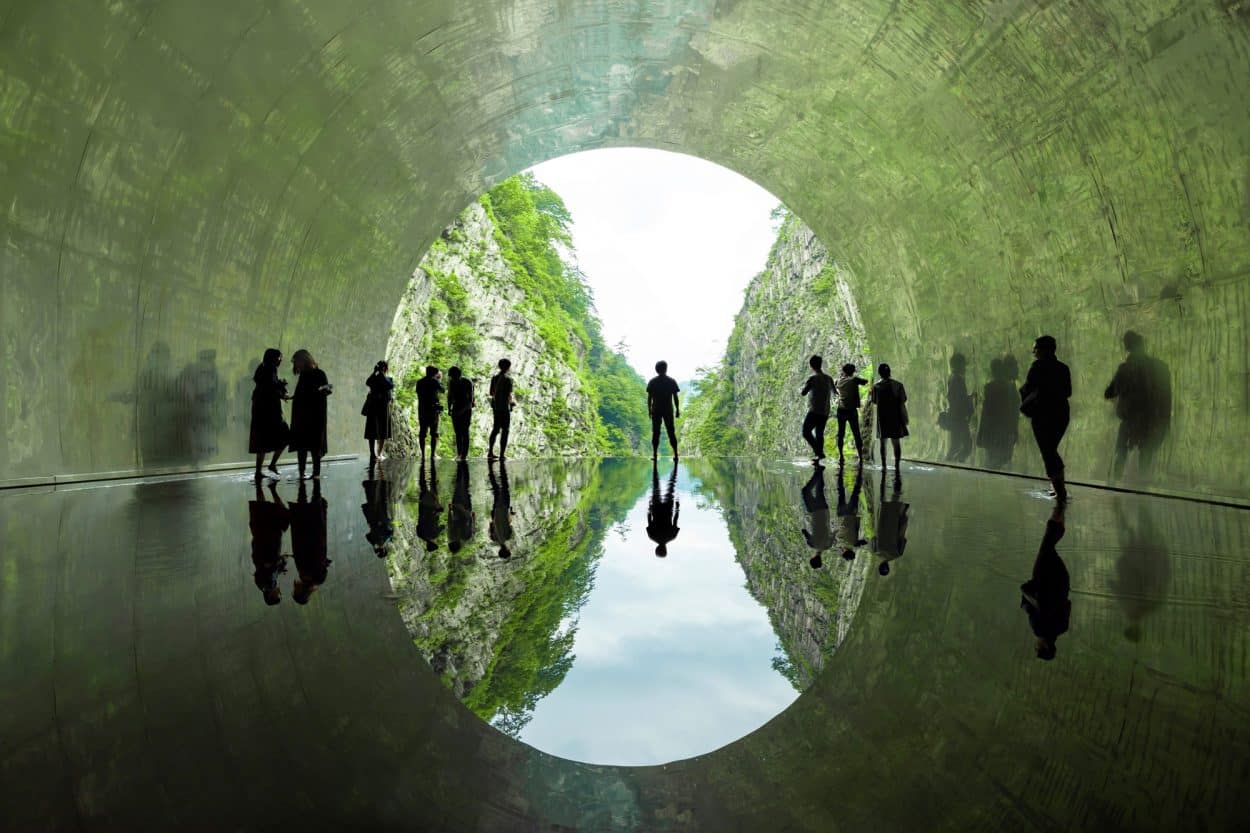
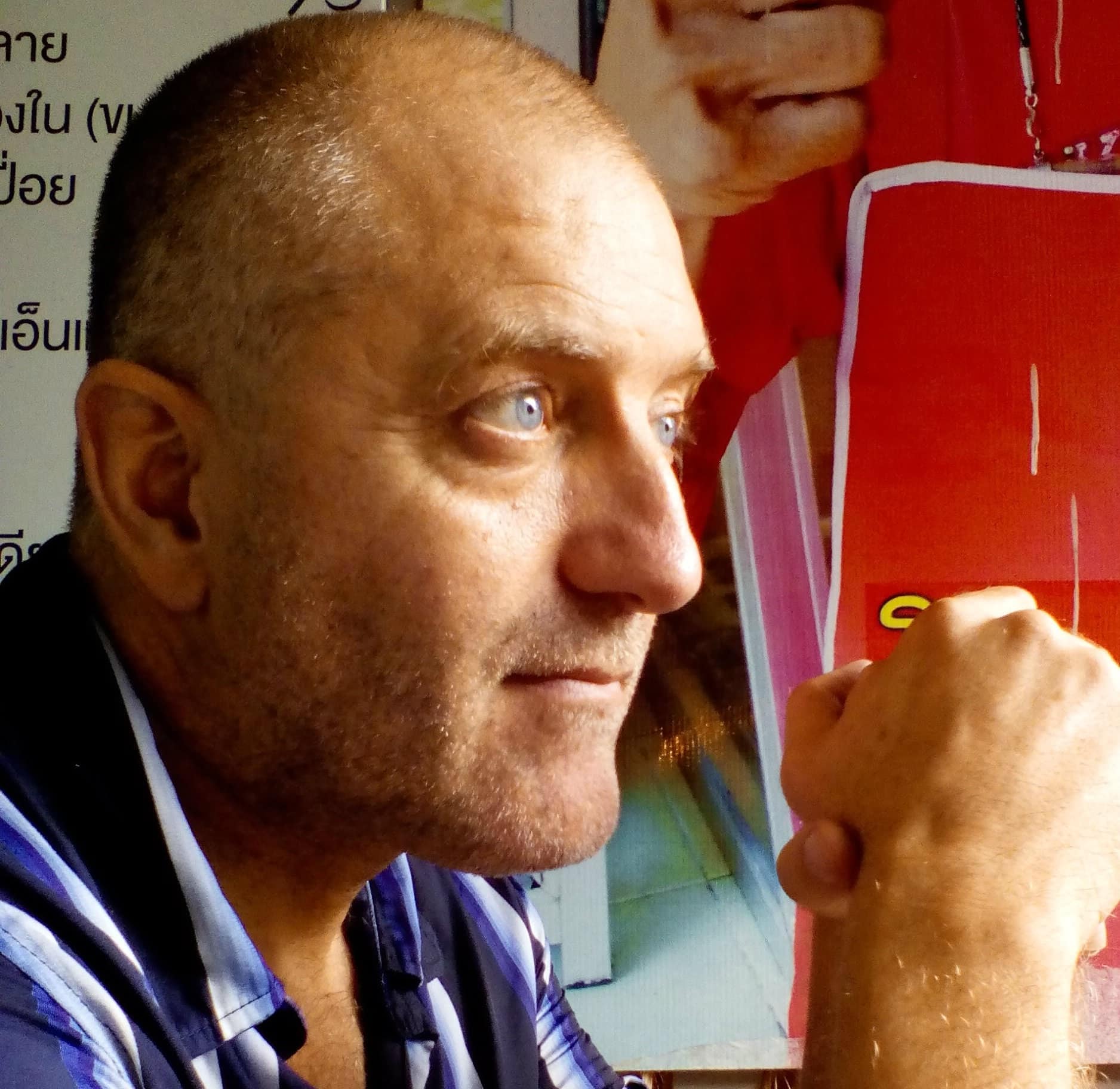
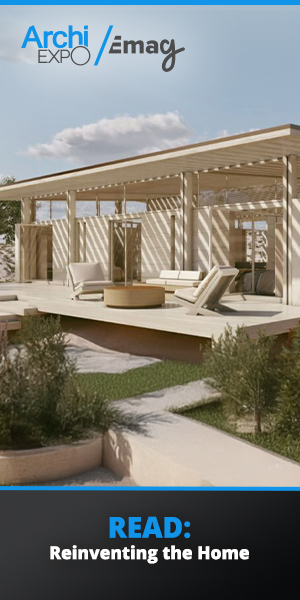




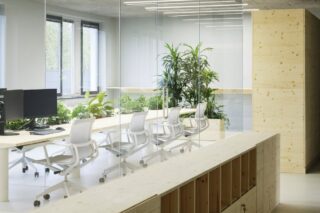
![Image [Q&A] Meet the Architect: Where Innovation Influences the Built Environment](/wp-content/uploads/sites/7/meet-the-architect-feature-320x213.jpg)

